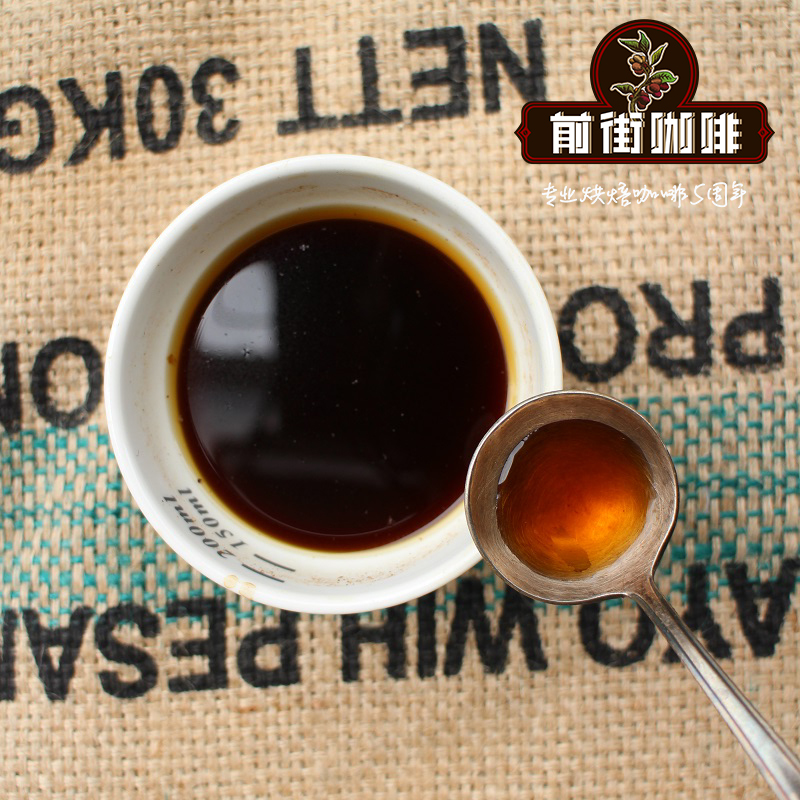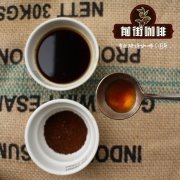Do you know there are three ways to process coffee beans? Introduction to the respective characteristics of the three major coffee bean treatment methods

Professional coffee knowledge exchange more coffee bean information please follow the coffee workshop (Wechat official account cafe_style)
Generally speaking, there are three ways to treat coffee. They are:
Solarization method: selection of beans → drying → shelling → screening and classification.
Washing method: selecting → to remove pulp → fermenting → washing → drying → shelling → selection and classification.
Honey treatment (between sun-drying and washing): the process of making raw beans with mucous membrane for sun-drying. The way of drying directly with pectin is sweeter than washing, the sugar content is relatively higher, and the alcohol thickness is also relatively higher (compared with the same baking degree). According to the thickness of pectin planing and the degree of sun exposure, honey treatment is divided into black honey, red honey, orange honey, yellow honey and white honey.
1.。 Mechanical shelling and washing treatment: use the machine to add water to rinse to remove the outer skin, pulp and mucosa of the coffee fruit. This way of dealing with coffee beans is simple and fast, and goes directly beyond the fermentation process, which not only saves personnel costs, but also shortens working days, and greatly improves efficiency. The coffee beans treated by mechanical shelling and washing are simple, clean and layered, with good sweetness and bright acidity.
two。 Natural drying method: without removing the peel and pulp, the coffee fruit is directly dried with the skin, pulp and mucous membrane, and then the dried seeds are removed by machine together with the dried peel, pulp and mucous membrane. The dried coffee bean cup shows more fruity aroma, the bean is sticky, the fruit acid is mild and soft, and the flavor is complex and wild. Mocha beans from Yemen and Harrar coffee from Ethiopia are the most representative of all naturally dried beans.
3. Honey treatment (Honey): semi-water washing in Brazil has been transformed into honey treatment in Central America. Costa Rica in Central America is the ancestor of honey treatment. A coffee buyer who came to Costa Rica from Japan in 2003 asked for a "PULP NATURAL" (natural sticky paste) instead of traditional washed coffee. This is because two major coffee bean companies in Japan, from Illy and Guataro in Italy, use this semi-washed Brazilian coffee in their blended beans. In order to affirm the quality of Costa Rican coffee beans, the concept of semi-washing is put forward, which requires Costa Rica to also use semi-washing to treat coffee beans. The results showed that the coffee beans treated by semi-washing not only had rich aroma, but also reduced the original acidity of Costa rica coffee and improved the overall coffee flavor. Because the mucous membrane on the surface of semi-washed coffee beans feels sticky, and the sticky feeling is very much like honey, the word "Honey" was born because it gives people a visual feeling like honey, so it is marked with the word Honey. At this time, Honey does not refer to flavor, but to the way it is handled. Honey has become synonymous with semi-washed coffee in Central America. Honey treatment is divided into black honey, red honey, yellow honey and white honey, depending on the degree to which the mucus is washed. If you explain it in terms of numbers (this is only a rough idea, not so accurate, and the honey treatment figures of each manor have their own adjustments), if you leave 100% of the mucus unwashed, it will be darker in the sun, so it is called black honey. About 25% of the red honey is washed off. The yellow honey is washed off by 50%. Leaving 25% of the mucus on the bean kernel to dry is called white honey. The flavor of white honey is similar to that of washing, and the flavor is cleaner and brighter than that of sour. The black honey is close to the drying method, and the fruit is clear and sour.
Important Notice :
前街咖啡 FrontStreet Coffee has moved to new addredd:
FrontStreet Coffee Address: 315,Donghua East Road,GuangZhou
Tel:020 38364473
- Prev

What is the meaning of coffee honey treated with coffee honey? what's so special about coffee bean red honey treatment?
Professional coffee knowledge exchange more coffee bean information Please pay attention to the coffee workshop (Wechat official account cafe_style) Honey treatment (Honey Process) Honey treatment is between the sun drying method and the washing method, the coffee pulp is screened first, and some of the flesh is retained before exposure. Honey treatment mainly originated in Costa Rica in Central America, and is currently the most widely used treatment in Central America.
- Next

Three-stage extraction of hand-brewed Coffee detailed explanation of three-stage Water injection of Coffee hand-brewed Coffee
Professional coffee knowledge exchange more coffee bean information please pay attention to the coffee workshop (Wechat official account cafe_style) three-stage adjustment, after steaming to three-stage water injection, in the middle will experience two "water cut", in order to adjust the proportion of the front, middle and back three stages of flavor, distinct layers, relative to one section
Related
- What is the meaning of lactic acid fermentation with coffee bean treatment?
- How to judge the state of foam by sound?
- How does the latte pull out the unicorn pattern? Come to get for a little trick to improve the flower pull!
- Will flower pulling affect the taste of the latte?
- Do you know the history of coffee?
- The difference between honey treatment and sun washing what is raisin honey treatment?
- What kind of milk can a novice use to make coffee foam to keep the foam longer? The correct method and skills of milking tutorial sharing
- Why do washed coffee beans taste sour? Flavor characteristics of washed Coffee
- Introduction to the skill of how to practice the size and height of water injection around the circle of hand-brewed coffee
- How do beginners practice coffee flower drawing from scratch?

